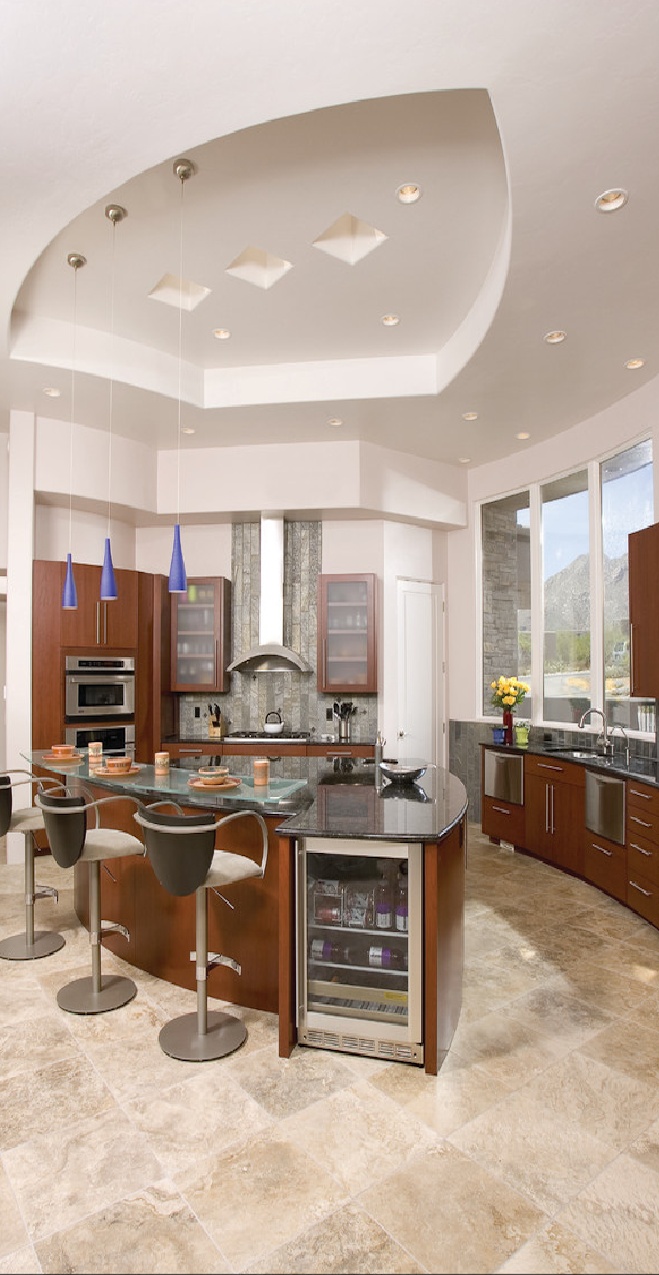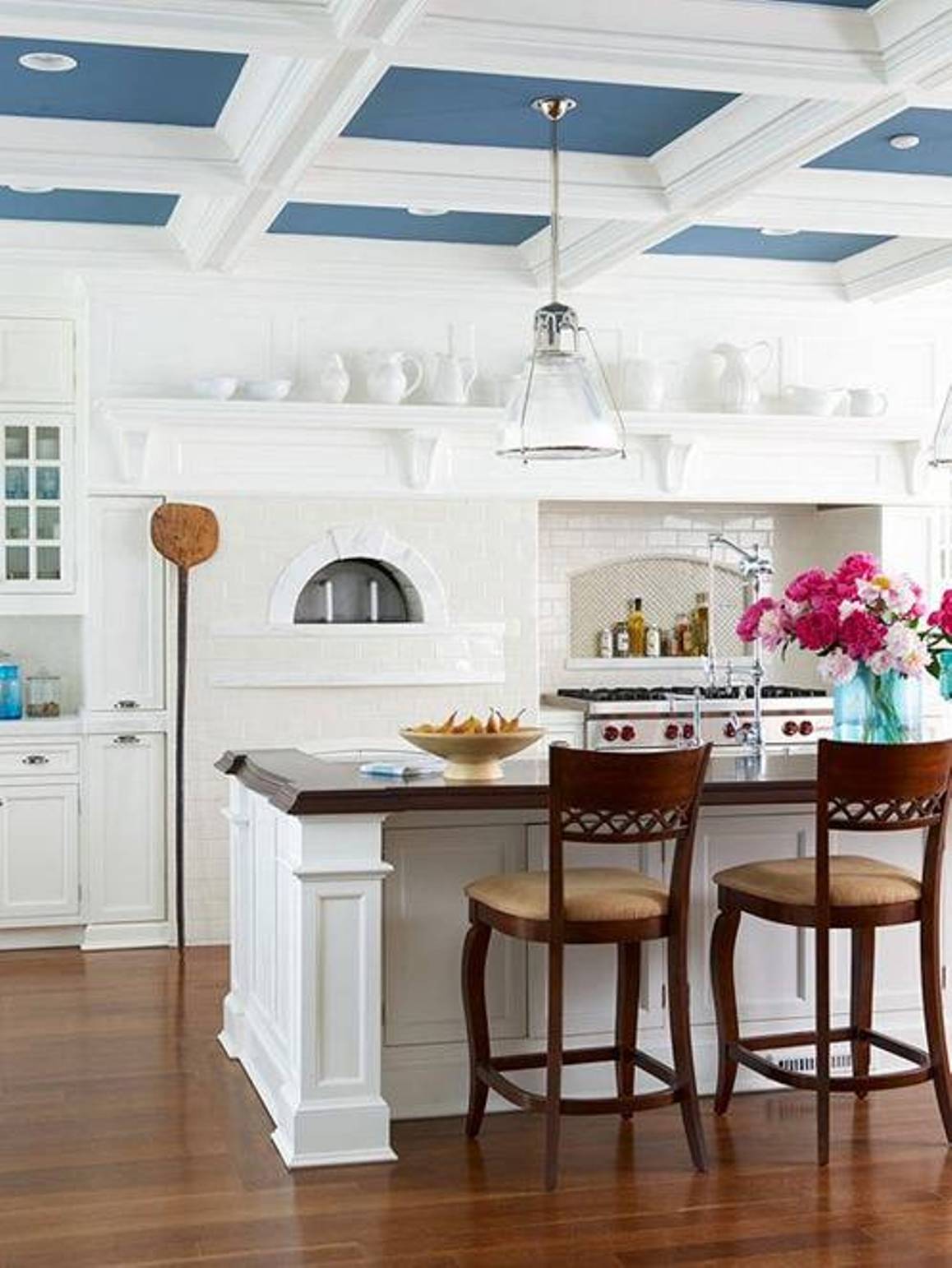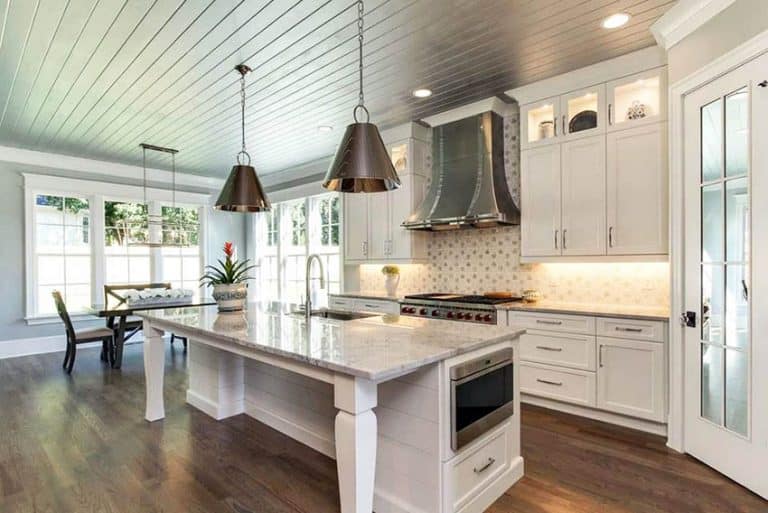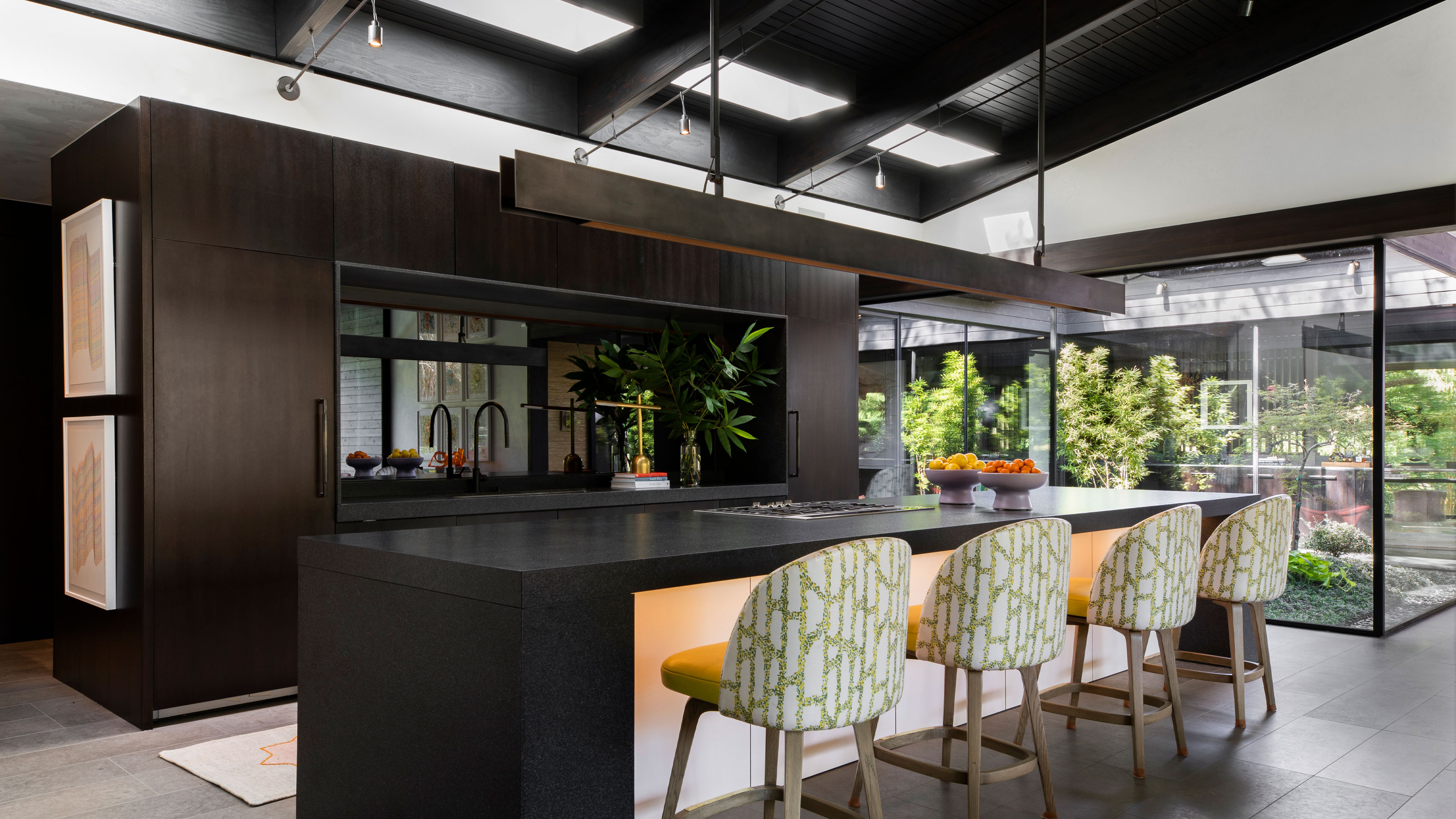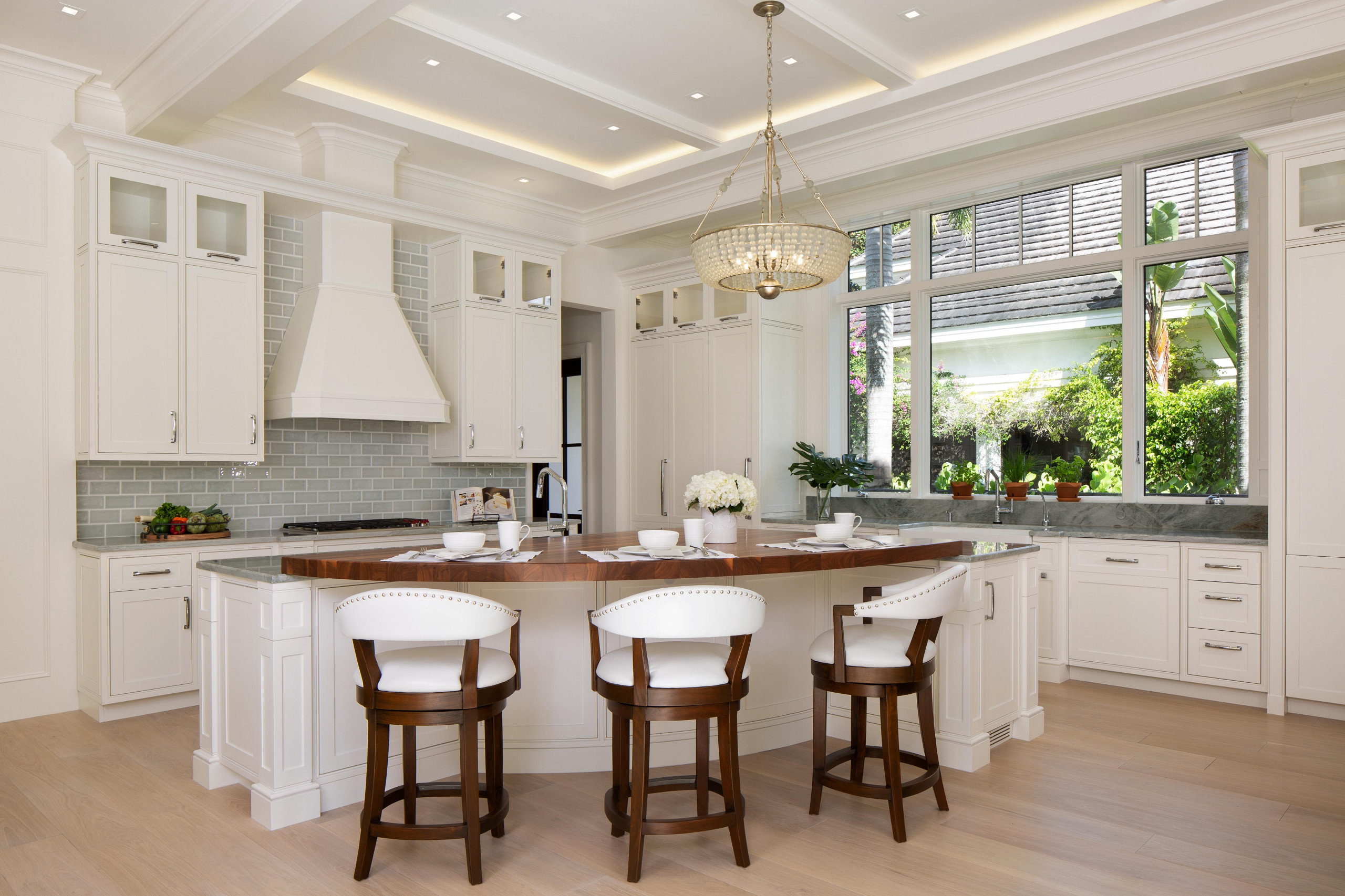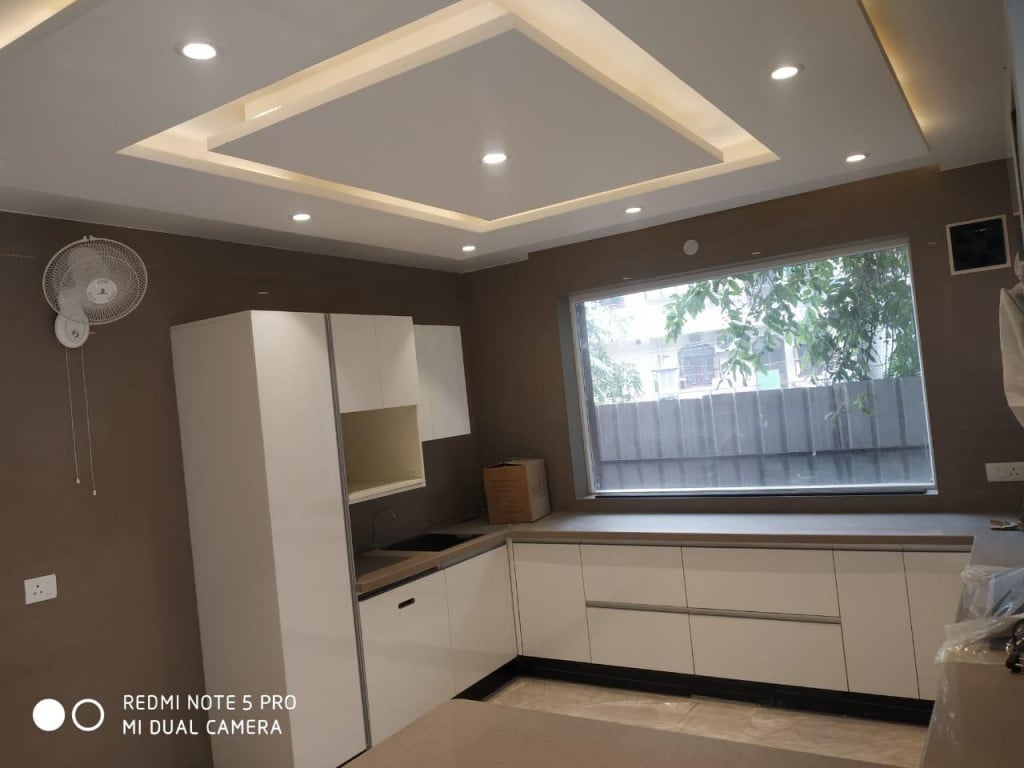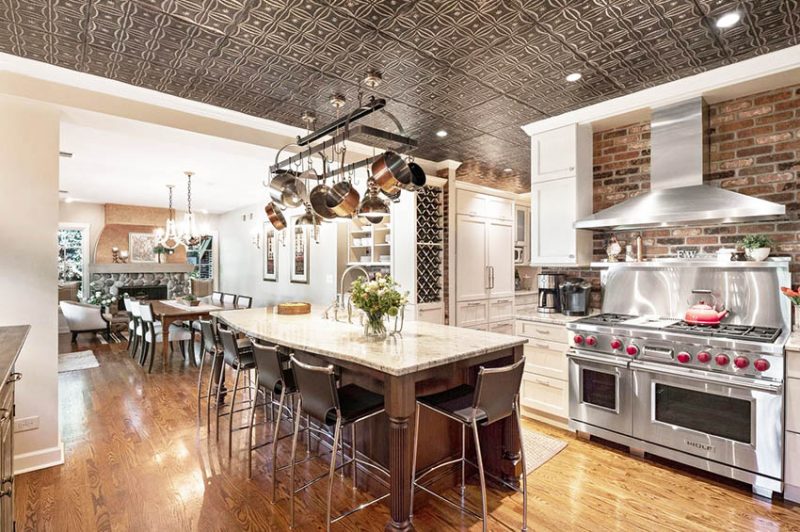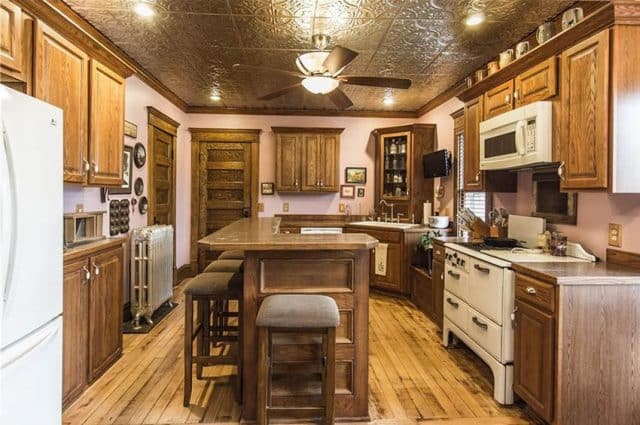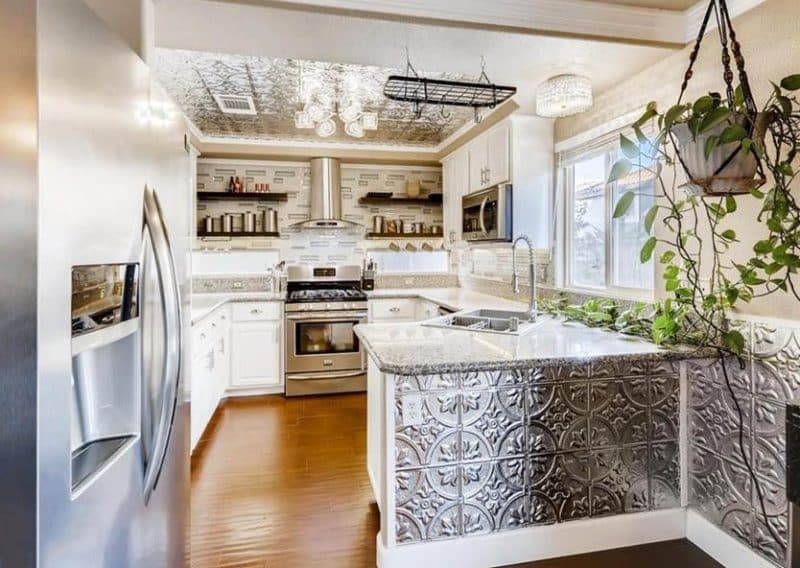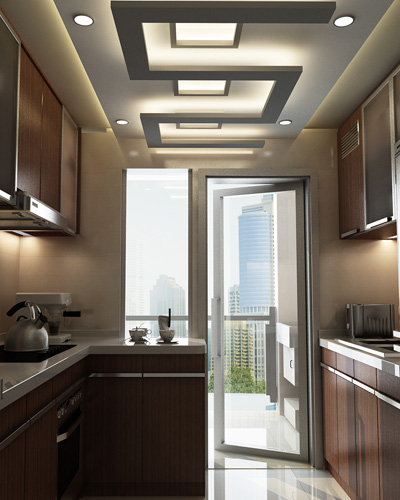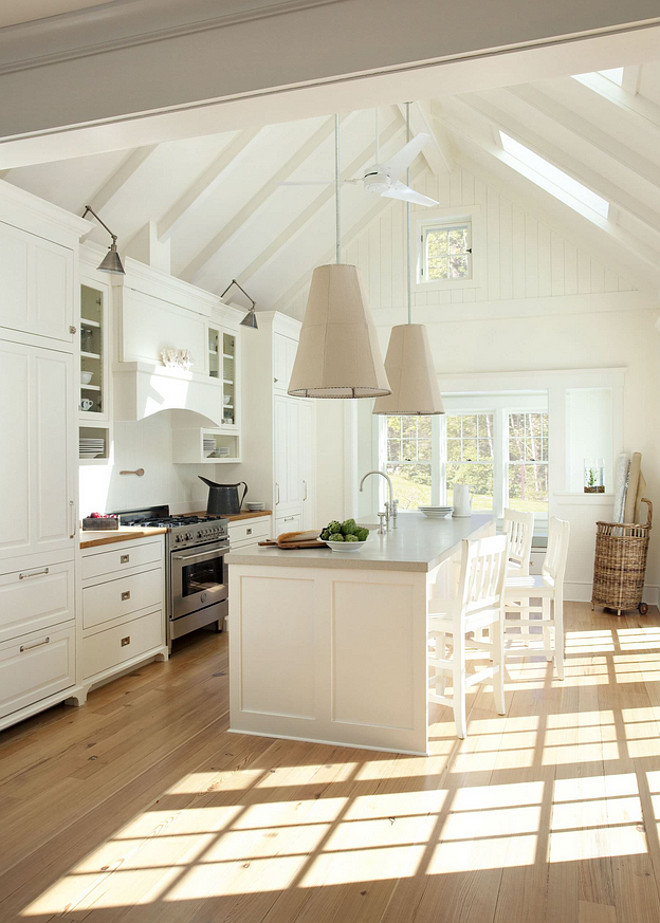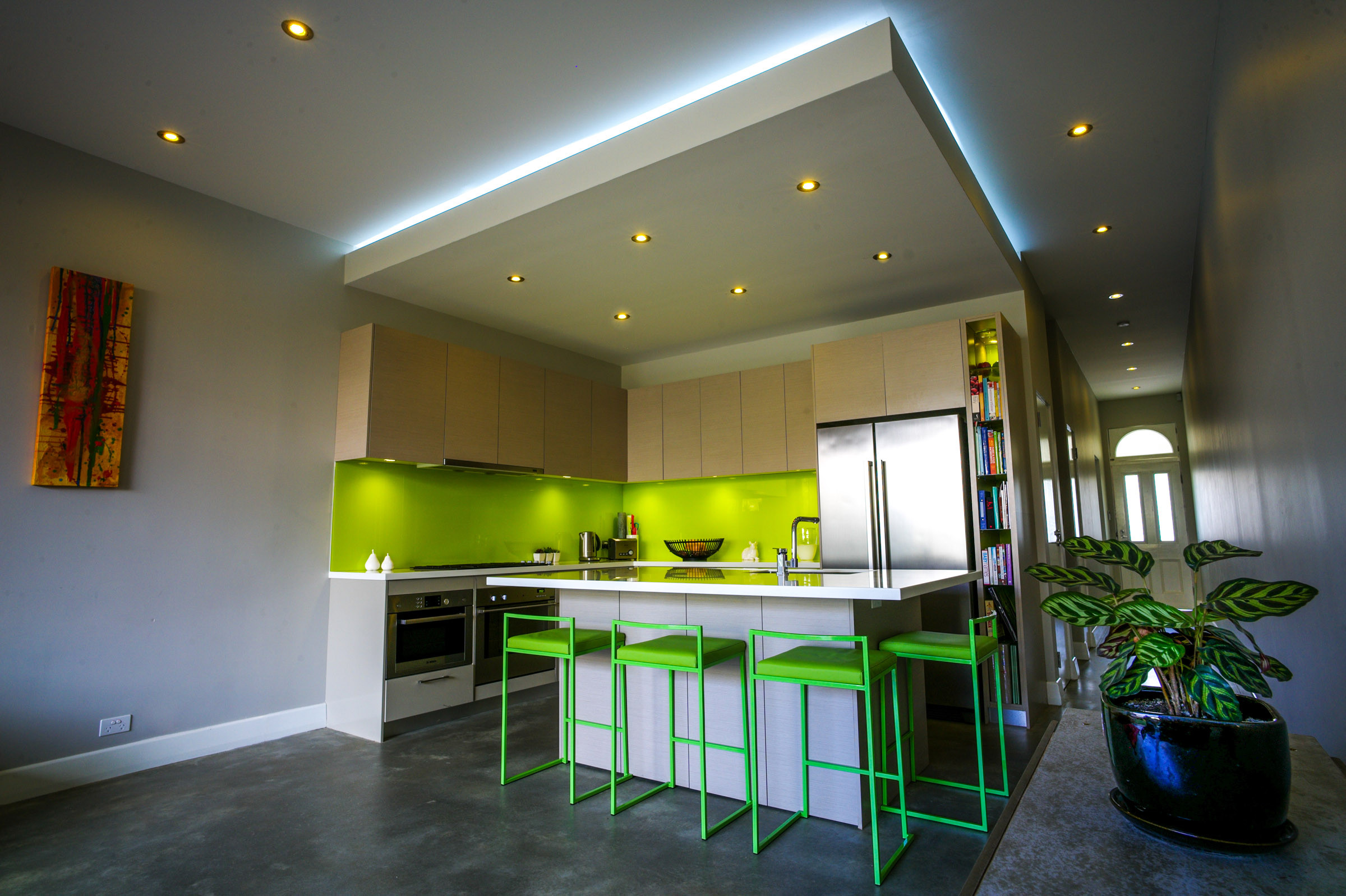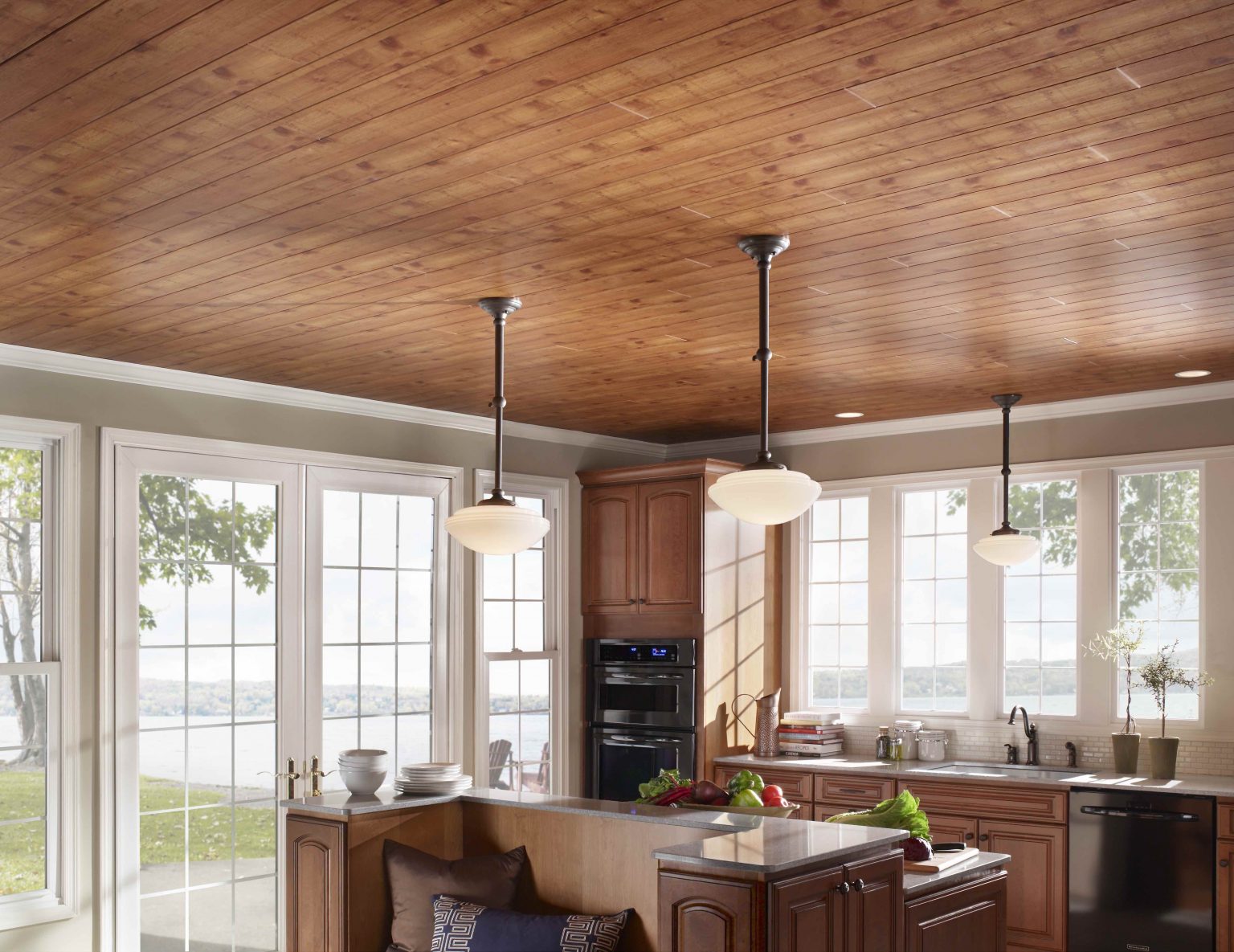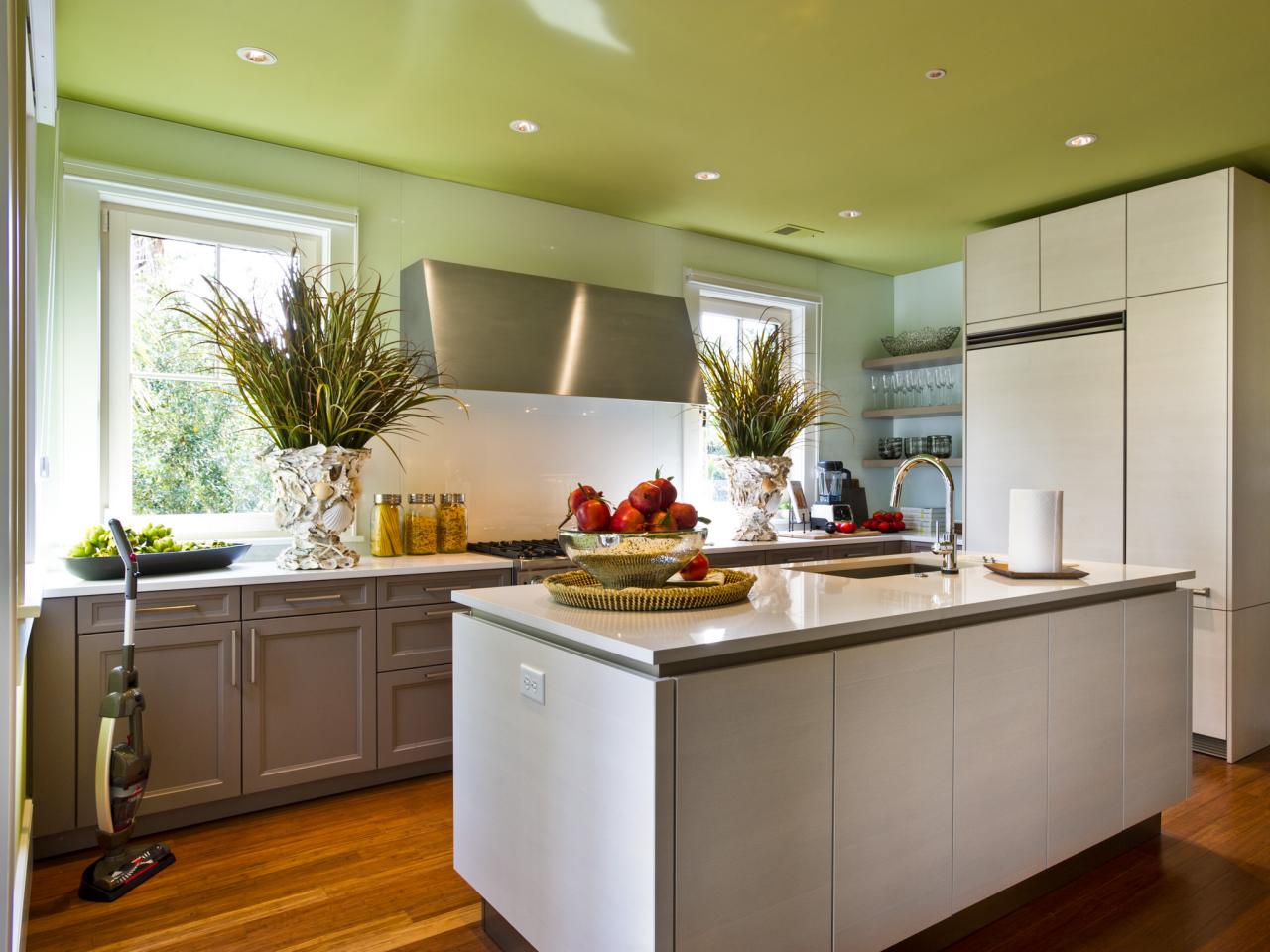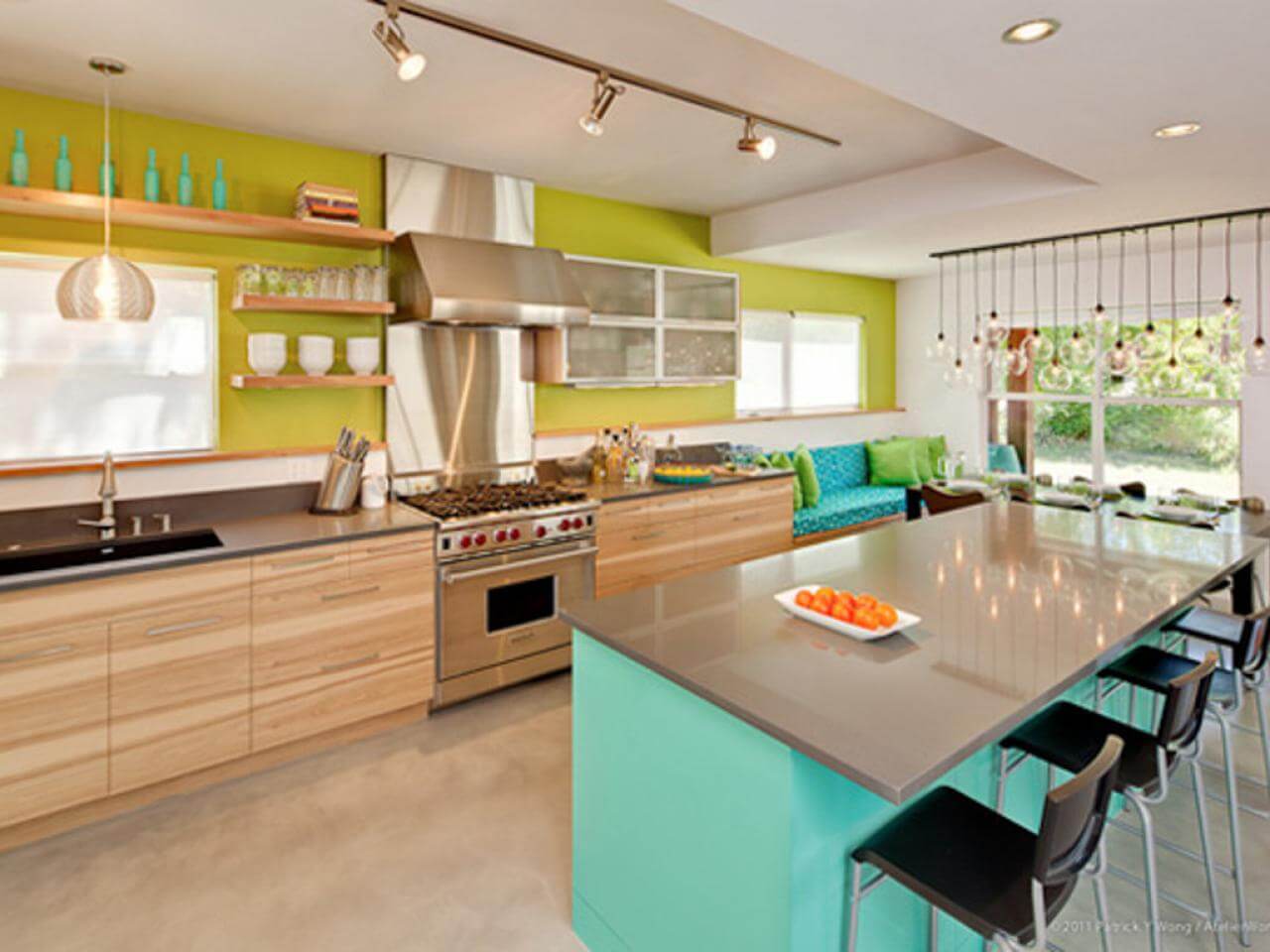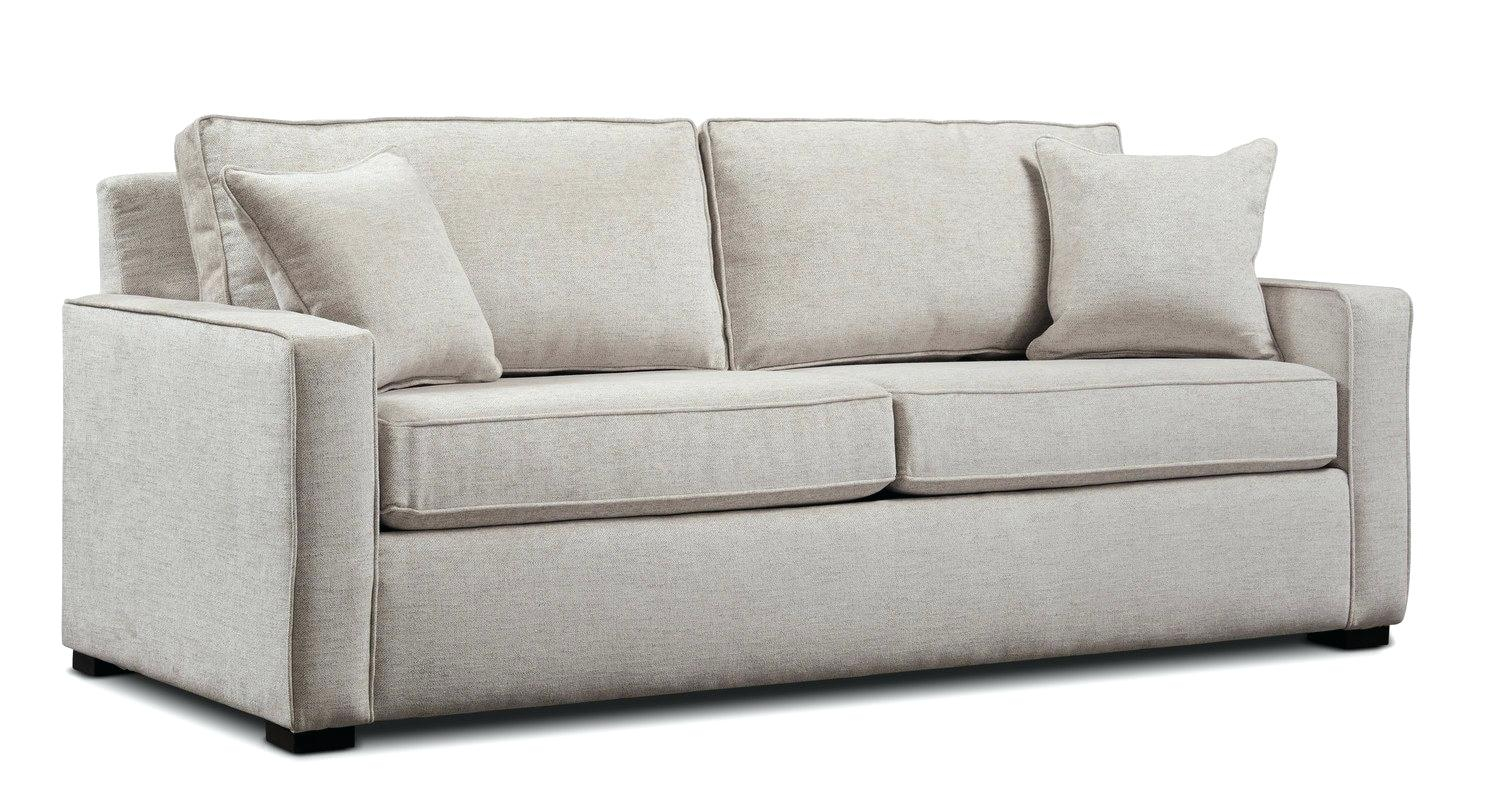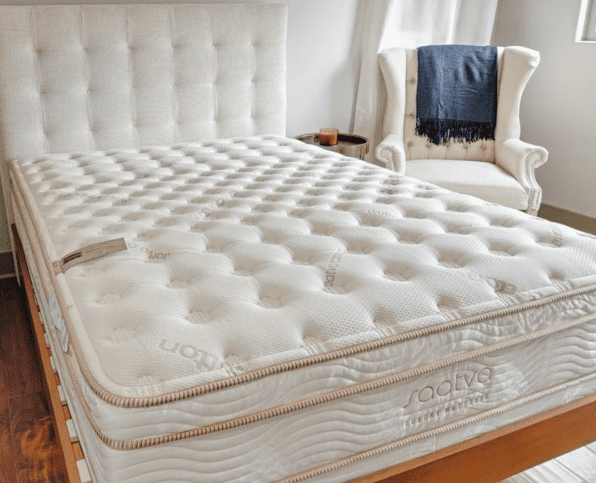The tray ceiling design in kitchen is a popular choice for homeowners who want to add a touch of elegance and sophistication to their kitchen space. This type of ceiling features a recessed center with raised edges, resembling a tray. It can be a simple design or have intricate details, making it a versatile option for various kitchen styles. One of the benefits of a tray ceiling in the kitchen is that it adds depth and dimension to the room. The raised edges create a visual interest and draw the eye upwards, making the kitchen feel more spacious and inviting. This design also allows for the installation of different types of lighting, such as recessed or pendant lights, which can further enhance the overall aesthetic of the kitchen. For a more luxurious look, homeowners can opt for a coffered tray ceiling, which features intricate patterns or designs within the tray. This adds a touch of elegance and can be a statement piece in the kitchen. It is also common to see tray ceilings with a contrasting color or texture from the rest of the ceiling, creating a focal point in the room.1. Tray Ceiling Design in Kitchen
The coffered ceiling design is a classic and timeless choice for any kitchen. It is characterized by a grid pattern of recessed panels, creating a three-dimensional effect on the ceiling. This type of ceiling adds a touch of sophistication and architectural interest to the room. One of the main benefits of a coffered ceiling is that it can make a room feel taller and more spacious. The recessed panels draw the eye upwards, giving the illusion of a higher ceiling. This is especially beneficial for smaller kitchen spaces or those with low ceilings. Coffered ceilings also offer a lot of versatility in terms of design and customization. Homeowners can choose the size and shape of the panels, as well as the type of molding or trim to be used. This allows for a personalized and unique look that can complement the overall style of the kitchen.2. Coffered Ceiling Design in Kitchen
A vaulted ceiling in the kitchen is a great way to add a sense of grandeur and drama to the space. This type of ceiling features a steep slope, creating a high point in the center and lower sides. It is a popular choice for rustic or farmhouse-style kitchens, but can also work well in modern or contemporary spaces. The main advantage of a vaulted ceiling is that it can make a room feel more open and airy. The height creates a sense of grandeur and can make a small kitchen space feel bigger. It also allows for the installation of taller cabinets or shelves, providing more storage options. For a bold statement, homeowners can opt for a painted vaulted ceiling in a contrasting color from the rest of the kitchen. This adds a pop of color and visual interest to the room, making it a focal point.3. Vaulted Ceiling Design in Kitchen
The exposed beam ceiling design is a popular choice for those who want to add a rustic or industrial feel to their kitchen. This type of ceiling features exposed wooden beams, creating a warm and cozy atmosphere in the room. One of the main advantages of an exposed beam ceiling is that it adds character and charm to the kitchen. The natural wood tones and texture bring a natural element into the space, making it feel more inviting. It is also a great way to incorporate a farmhouse or cottage-style aesthetic into the kitchen. Exposed beam ceilings can also be combined with other ceiling designs, such as a vaulted or tray ceiling, for a unique and personalized look. Homeowners can also choose to leave the beams in their natural state or paint them for a different effect.4. Exposed Beam Ceiling Design in Kitchen
A wood ceiling design is a great way to add warmth and natural beauty to the kitchen. This can be achieved through the use of wood paneling, shiplap, or even wooden beams. Wood ceilings are versatile and can complement various kitchen styles, from traditional to modern. One of the main benefits of a wood ceiling is that it adds texture and visual interest to the room. The natural grain and knots in the wood bring a unique and rustic charm to the space. It is also a great way to incorporate a natural element into the kitchen, creating a warm and inviting atmosphere. For a cohesive look, homeowners can match the wood ceiling with other wood elements in the kitchen, such as cabinets or flooring. This will tie the design together and create a cohesive and harmonious space.5. Wood Ceiling Design in Kitchen
A tin ceiling design is a unique and eye-catching option for the kitchen. This type of ceiling features decorative metal tiles with intricate designs and patterns. It is a great way to add a touch of vintage or industrial charm to the space. The main benefit of a tin ceiling is that it adds a lot of character and personality to the kitchen. The intricate designs and patterns can be a statement piece in the room and can complement various kitchen styles. It is also a durable and low-maintenance option, making it ideal for high-traffic areas like the kitchen. For a cohesive look, homeowners can match the tin ceiling with other metal accents in the kitchen, such as light fixtures or hardware. This will tie the design together and create a cohesive and unique space.6. Tin Ceiling Design in Kitchen
A suspended ceiling design is a modern and sleek option for the kitchen. This type of ceiling features a grid of metal tracks that hold lightweight panels or tiles. It is a popular choice for commercial spaces, but can also work well in residential kitchens. One of the main benefits of a suspended ceiling is that it can hide unsightly pipes or wiring, making the kitchen look more polished and streamlined. It also allows for easy access to these systems for maintenance or repairs. Additionally, the panels or tiles can have different textures or finishes, adding a touch of design to the ceiling. Suspended ceilings are also a cost-effective option, making them a popular choice for homeowners on a budget. They are easy to install and can be a DIY project for those with basic handyman skills.7. Suspended Ceiling Design in Kitchen
A drop ceiling design is similar to a suspended ceiling in that it features a grid system to hold lightweight tiles or panels. However, in a drop ceiling, the grid is lower than the main ceiling, creating a dropped or recessed look. This can add a touch of style and dimension to the kitchen. One of the main benefits of a drop ceiling is that it can be used to cover up imperfections in the main ceiling, such as cracks or stains. It is also a great way to add insulation to the kitchen, as the tiles or panels can act as a barrier between the two ceilings. For a more modern and sleek look, homeowners can opt for colored or textured tiles for the drop ceiling. This can add a pop of color or visual interest to the kitchen, making it a statement piece in the room.8. Drop Ceiling Design in Kitchen
A plank ceiling design is a great way to add a touch of rustic or farmhouse charm to the kitchen. This type of ceiling features wooden planks installed horizontally across the ceiling, similar to how flooring is installed. It is a great choice for those who want to create a cozy and inviting atmosphere in the kitchen. One of the main benefits of a plank ceiling is that it adds a lot of texture and warmth to the room. The natural wood grain and knots bring a natural element into the space, making it feel more welcoming. It is also a durable and low-maintenance option, making it ideal for high-traffic areas like the kitchen. For a cohesive look, homeowners can match the plank ceiling with other wood elements in the kitchen, such as cabinets or countertops. This will tie the design together and create a cohesive and harmonious space.9. Plank Ceiling Design in Kitchen
A painted ceiling design is a simple and budget-friendly way to add a touch of color and style to the kitchen. This can be achieved through a solid color or a pattern, such as stripes or stencils. It is a versatile option that can complement various kitchen styles. The main benefit of a painted ceiling is that it can add a pop of color or visual interest to the room. This is especially useful in kitchens with neutral or monochromatic color schemes. It is also a budget-friendly option, as homeowners can easily paint the ceiling themselves. For a cohesive look, homeowners can match the painted ceiling with other elements in the kitchen, such as backsplash tiles or accent pieces. This will tie the design together and create a cohesive and visually appealing space.10. Painted Ceiling Design in Kitchen
The Importance of Ceiling Design in Kitchen
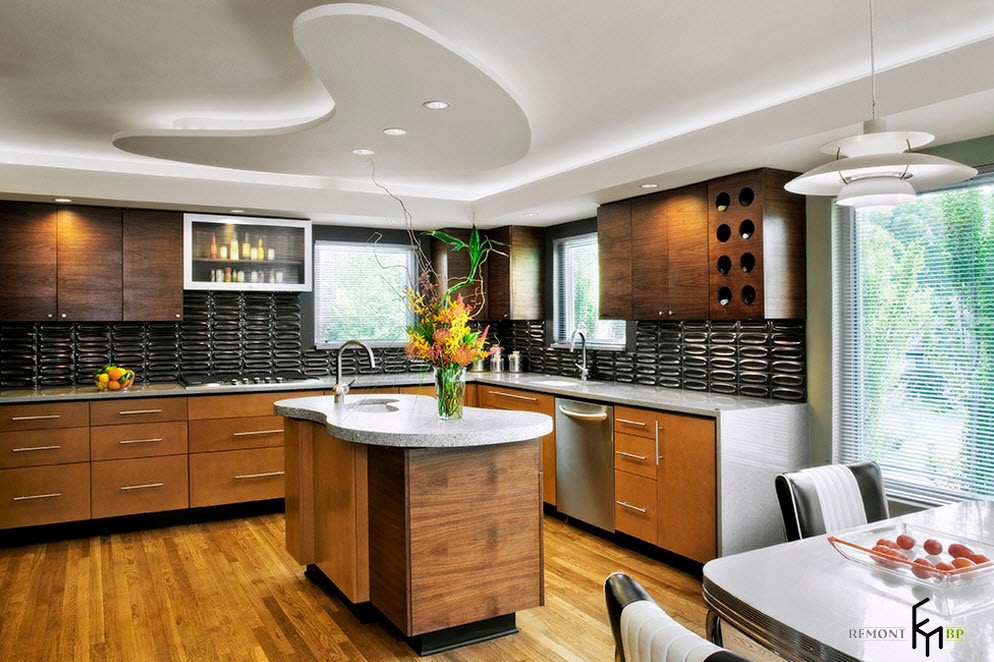
Transforming Your Kitchen into a Stunning Space
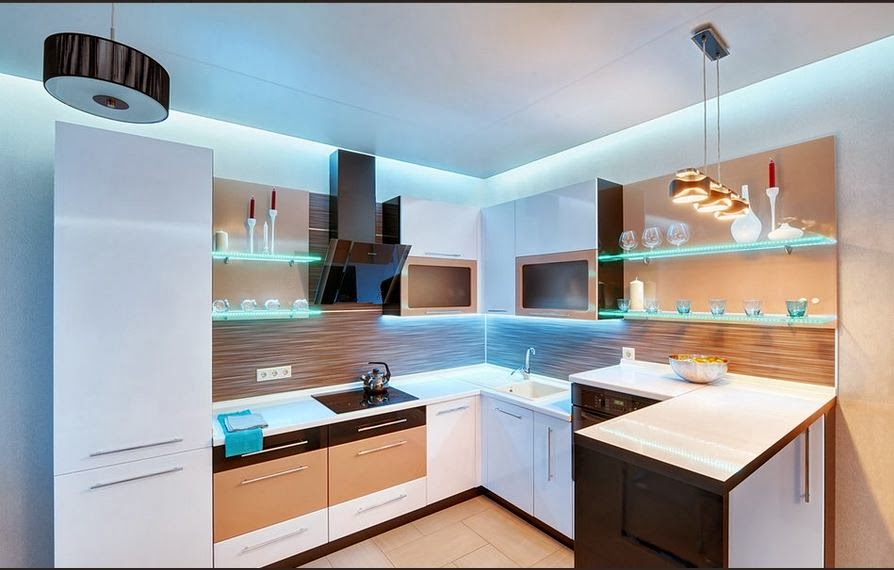 When it comes to designing a house, the kitchen is often considered the heart of the home. It is where meals are prepared, memories are made, and families gather together. With such a vital role in the household, it's important to pay attention to every aspect of the kitchen's design – including the ceiling. While it may seem like a small detail, the ceiling can have a significant impact on the overall look and feel of your kitchen. Let's explore the importance of ceiling design in kitchen and how it can transform your space into a stunning and functional area.
When it comes to designing a house, the kitchen is often considered the heart of the home. It is where meals are prepared, memories are made, and families gather together. With such a vital role in the household, it's important to pay attention to every aspect of the kitchen's design – including the ceiling. While it may seem like a small detail, the ceiling can have a significant impact on the overall look and feel of your kitchen. Let's explore the importance of ceiling design in kitchen and how it can transform your space into a stunning and functional area.
Creating a Sense of Height and Space
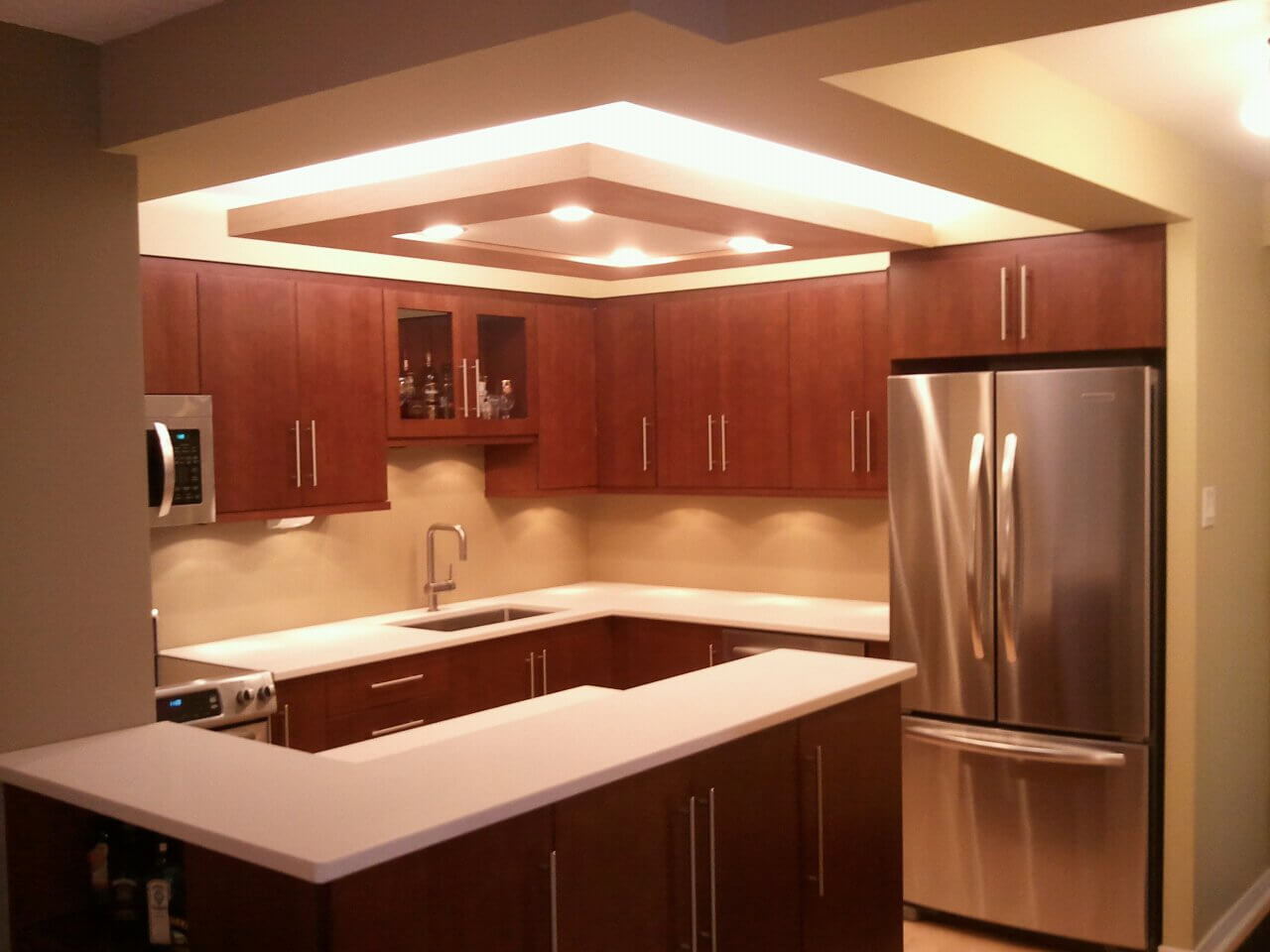 One of the main reasons why ceiling design is crucial in the kitchen is because it can create a sense of height and space. With the right design, you can make your kitchen feel larger and more open, even if it is a smaller space. This is especially important for kitchens that have low ceilings or are lacking in natural light.
Opting for a light-colored ceiling with a glossy finish can reflect light and make the room feel brighter and more spacious.
Additionally, choosing a design that draws the eye upwards, such as a coffered ceiling or a vaulted ceiling, can give the illusion of a taller ceiling and add a touch of elegance to your kitchen.
One of the main reasons why ceiling design is crucial in the kitchen is because it can create a sense of height and space. With the right design, you can make your kitchen feel larger and more open, even if it is a smaller space. This is especially important for kitchens that have low ceilings or are lacking in natural light.
Opting for a light-colored ceiling with a glossy finish can reflect light and make the room feel brighter and more spacious.
Additionally, choosing a design that draws the eye upwards, such as a coffered ceiling or a vaulted ceiling, can give the illusion of a taller ceiling and add a touch of elegance to your kitchen.
Enhancing the Overall Aesthetics
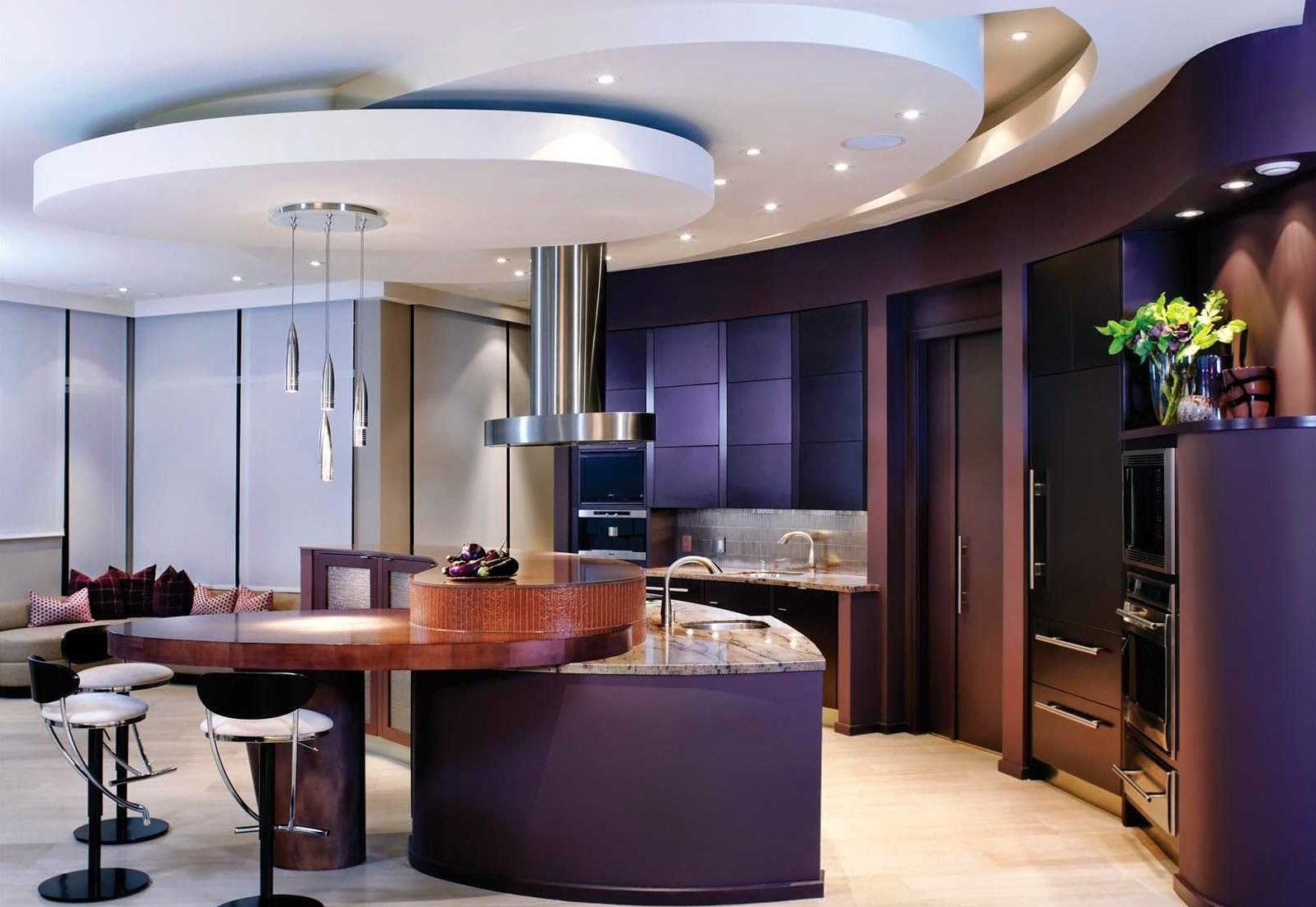 Another important aspect of ceiling design in the kitchen is its ability to enhance the overall aesthetics of the space.
The ceiling can be seen as the fifth wall of the room, and just like the other walls, it is an opportunity to add texture, color, and visual interest.
For instance, a coffered ceiling with intricate details can add a touch of sophistication to a traditional kitchen, while a modern kitchen can benefit from a sleek and minimalistic tray ceiling.
Using natural elements such as wood or exposed beams can also add warmth and character to your kitchen's design.
With a well-designed ceiling, your kitchen can become a visually appealing and inviting space.
Another important aspect of ceiling design in the kitchen is its ability to enhance the overall aesthetics of the space.
The ceiling can be seen as the fifth wall of the room, and just like the other walls, it is an opportunity to add texture, color, and visual interest.
For instance, a coffered ceiling with intricate details can add a touch of sophistication to a traditional kitchen, while a modern kitchen can benefit from a sleek and minimalistic tray ceiling.
Using natural elements such as wood or exposed beams can also add warmth and character to your kitchen's design.
With a well-designed ceiling, your kitchen can become a visually appealing and inviting space.
Improving Functionality and Acoustics
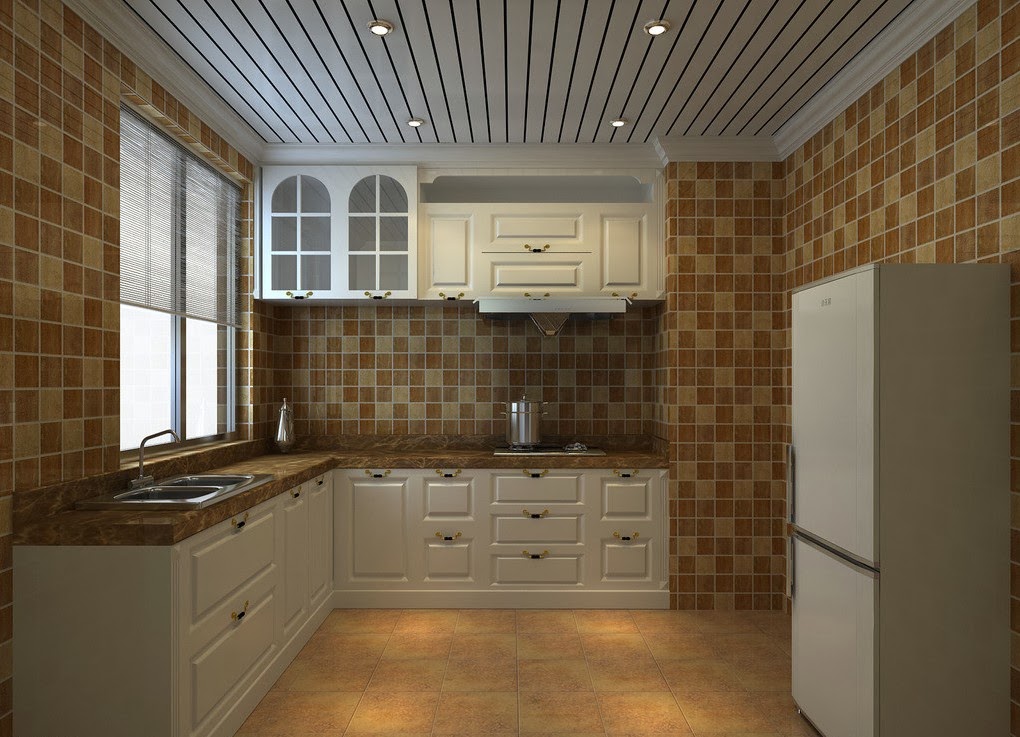 Ceiling design also plays a role in the functionality and acoustics of your kitchen.
Installing a dropped ceiling with recessed lighting can provide task lighting and improve the overall functionality of your kitchen.
It can also help to reduce noise and echo in the room, making it a more pleasant and comfortable space to cook and entertain in. Additionally,
adding insulation or soundproofing materials to the ceiling can help to minimize noise from other parts of the house, making the kitchen a peaceful and quiet retreat.
Ceiling design also plays a role in the functionality and acoustics of your kitchen.
Installing a dropped ceiling with recessed lighting can provide task lighting and improve the overall functionality of your kitchen.
It can also help to reduce noise and echo in the room, making it a more pleasant and comfortable space to cook and entertain in. Additionally,
adding insulation or soundproofing materials to the ceiling can help to minimize noise from other parts of the house, making the kitchen a peaceful and quiet retreat.
Conclusion
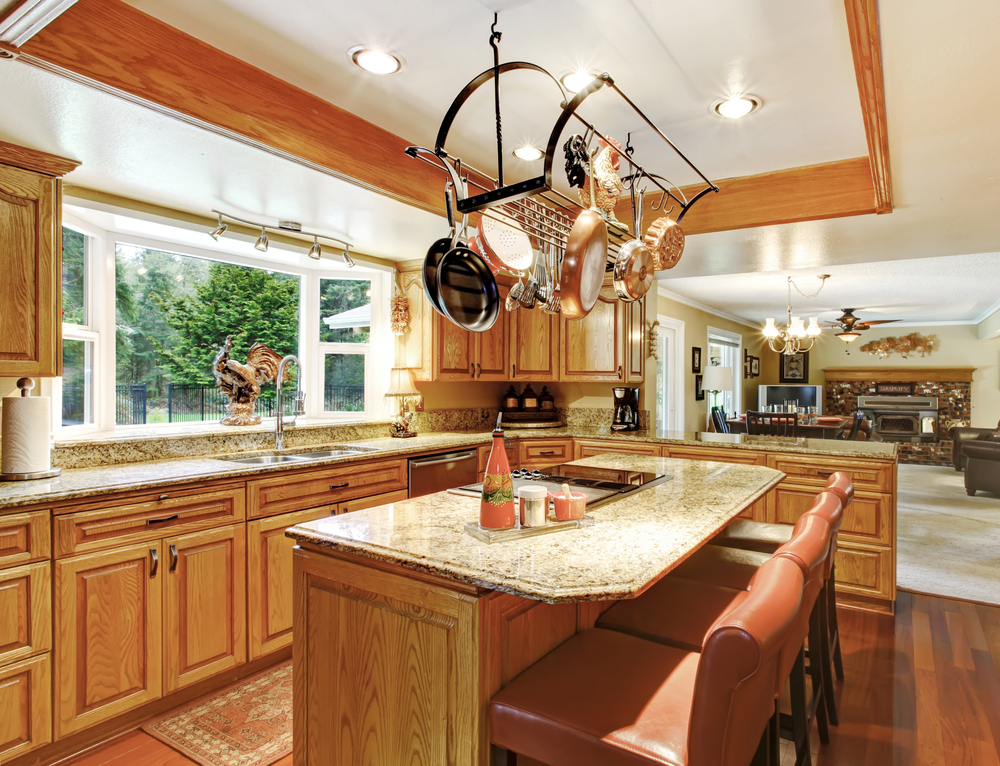 In conclusion, the ceiling design in the kitchen may seem like a small detail, but it can have a significant impact on the overall look and feel of the space. By creating a sense of height and space, enhancing aesthetics, and improving functionality and acoustics, a well-designed ceiling can transform your kitchen into a stunning and functional area that you will love spending time in. So, when planning your kitchen's design, don't forget to pay attention to the often overlooked, but essential, element of ceiling design.
In conclusion, the ceiling design in the kitchen may seem like a small detail, but it can have a significant impact on the overall look and feel of the space. By creating a sense of height and space, enhancing aesthetics, and improving functionality and acoustics, a well-designed ceiling can transform your kitchen into a stunning and functional area that you will love spending time in. So, when planning your kitchen's design, don't forget to pay attention to the often overlooked, but essential, element of ceiling design.






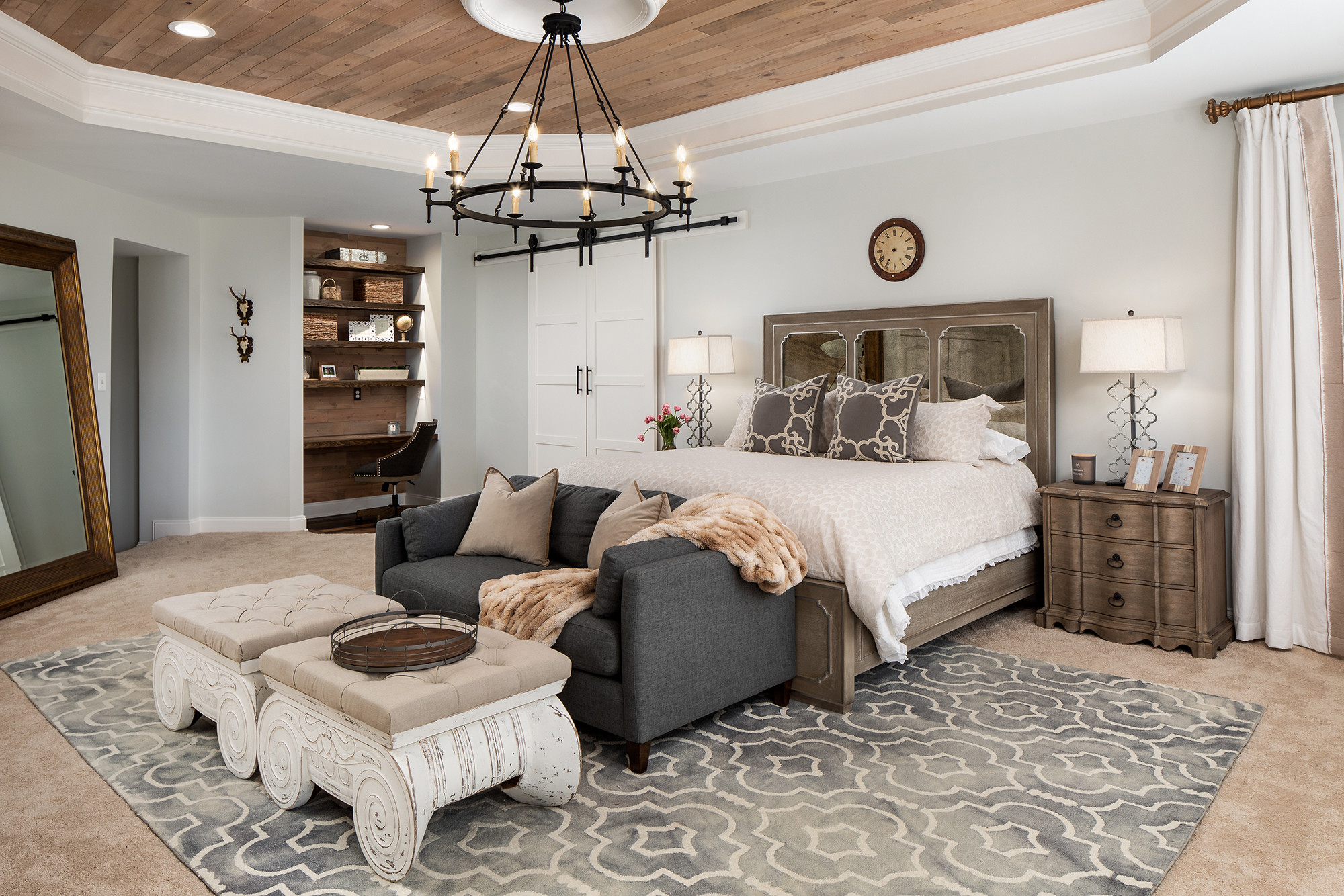





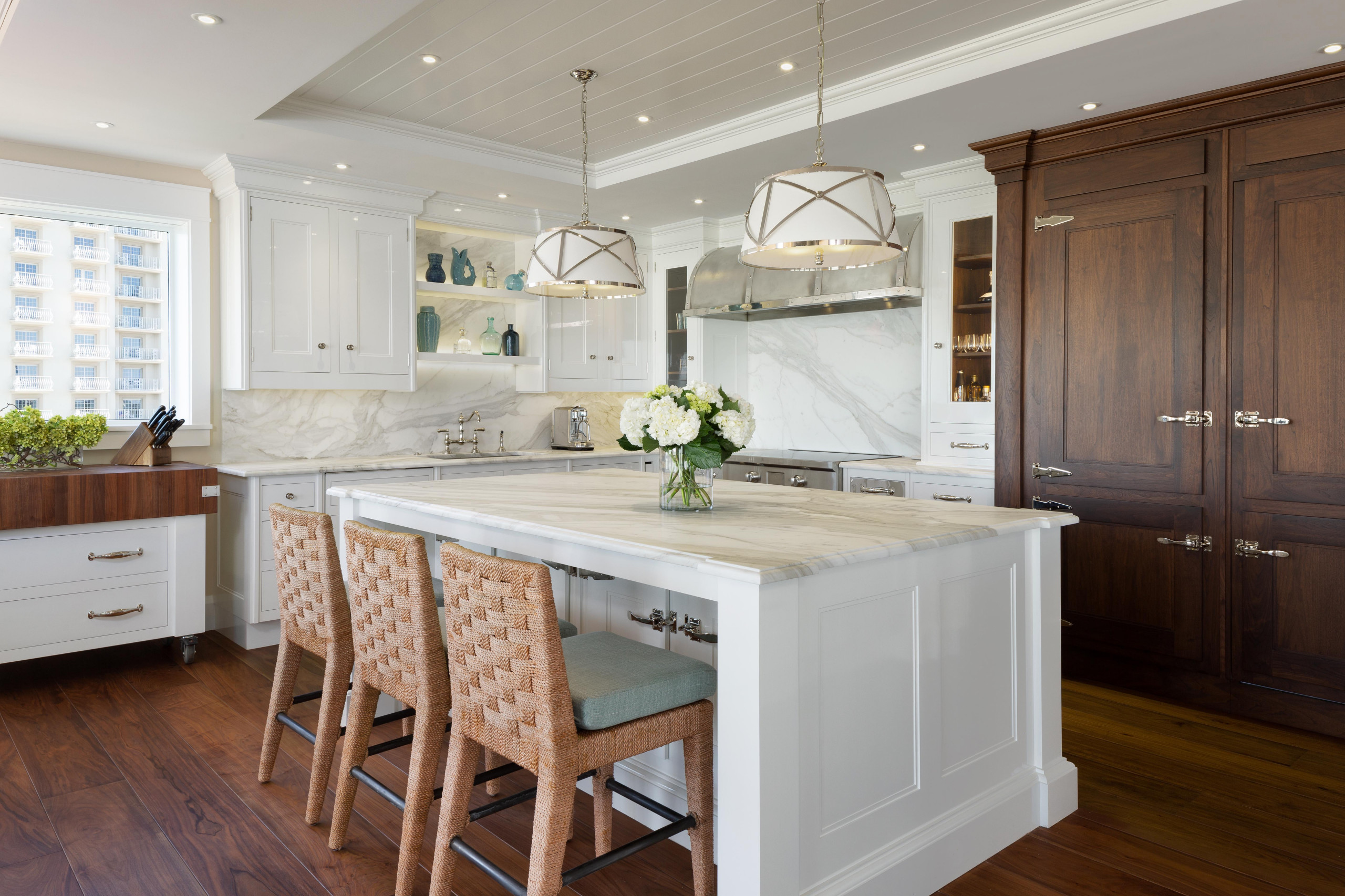





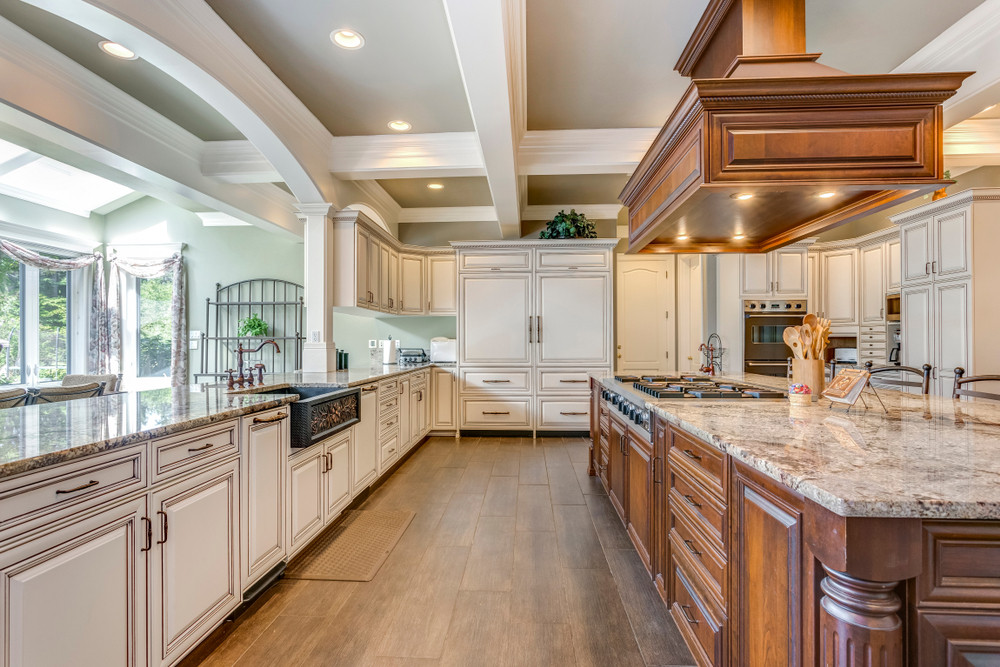
/ceiling-coffer-Versailles-535045152-crop-59d2cf3b845b3400111d2ae7.jpg)
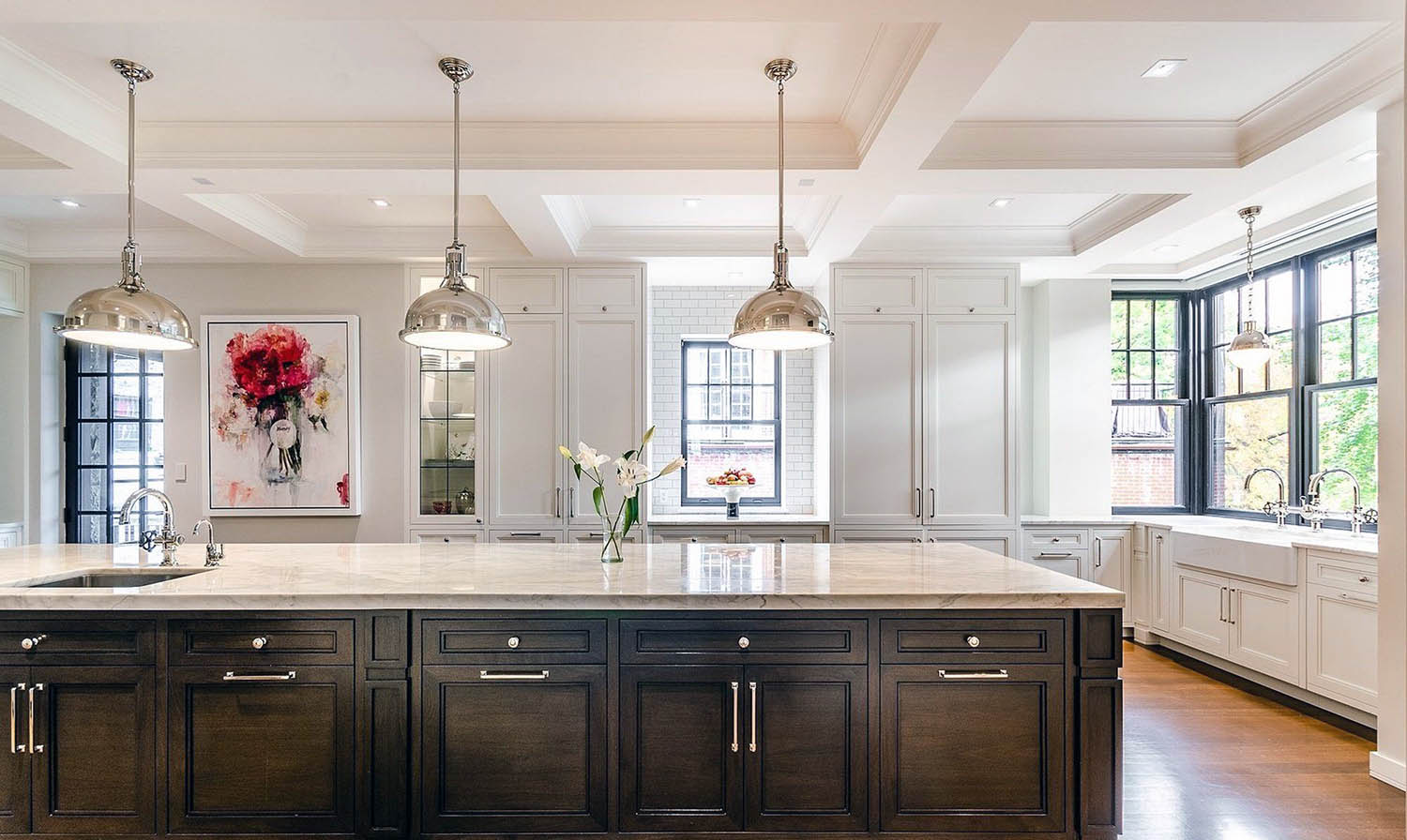






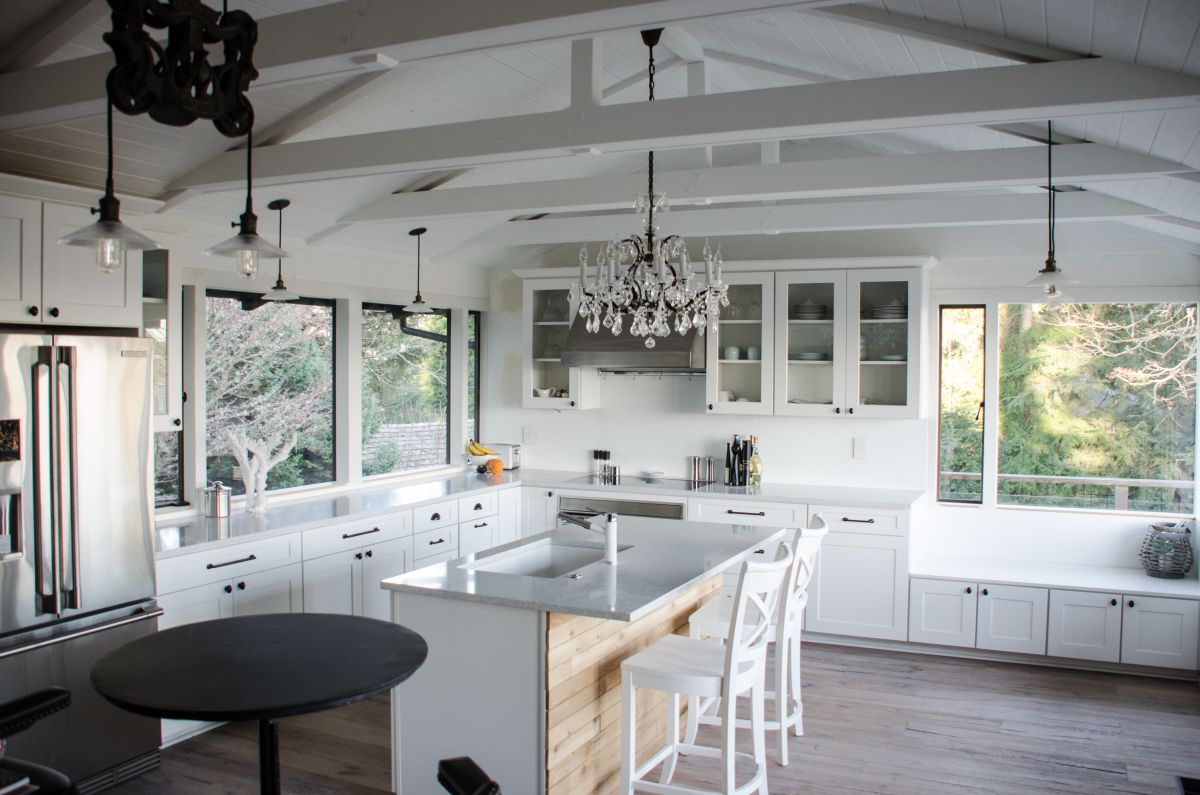








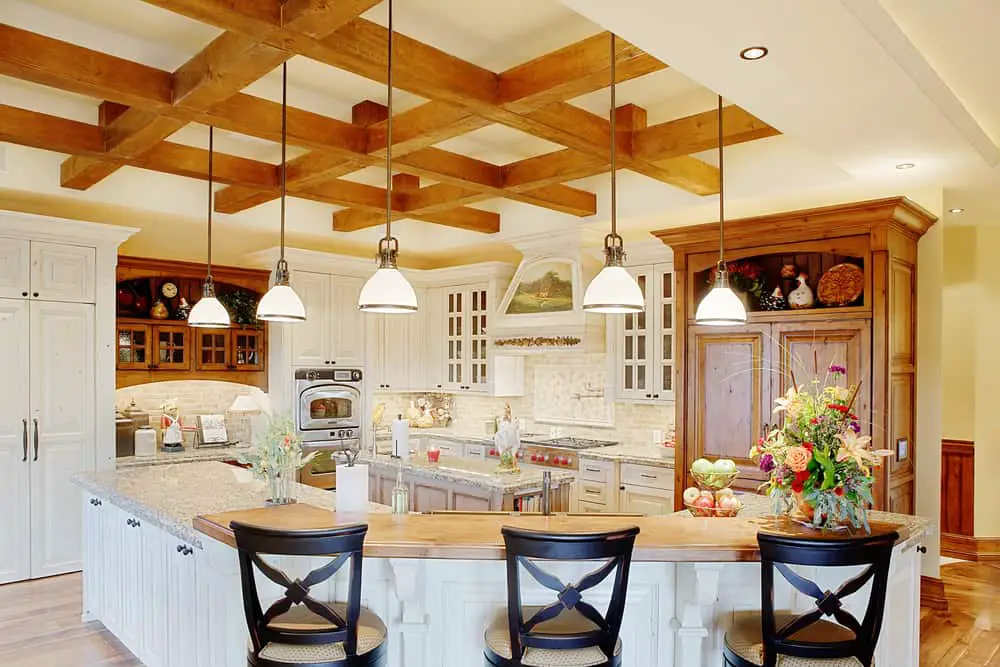

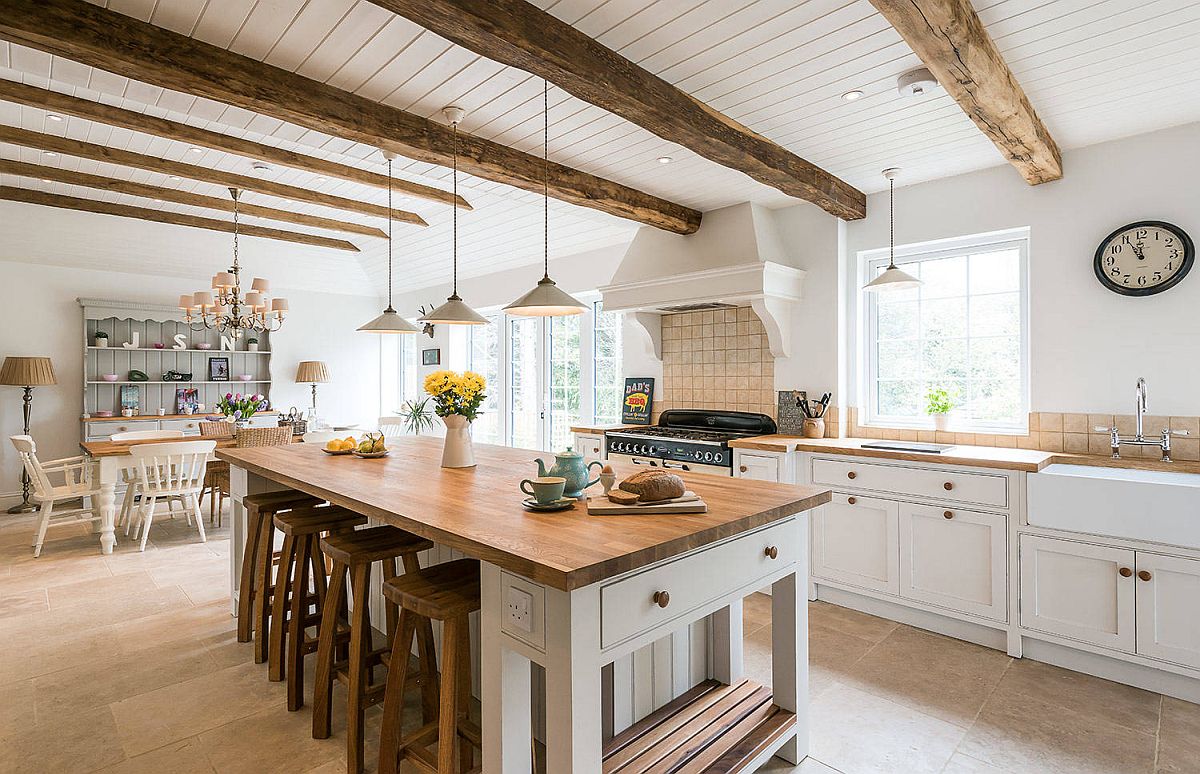
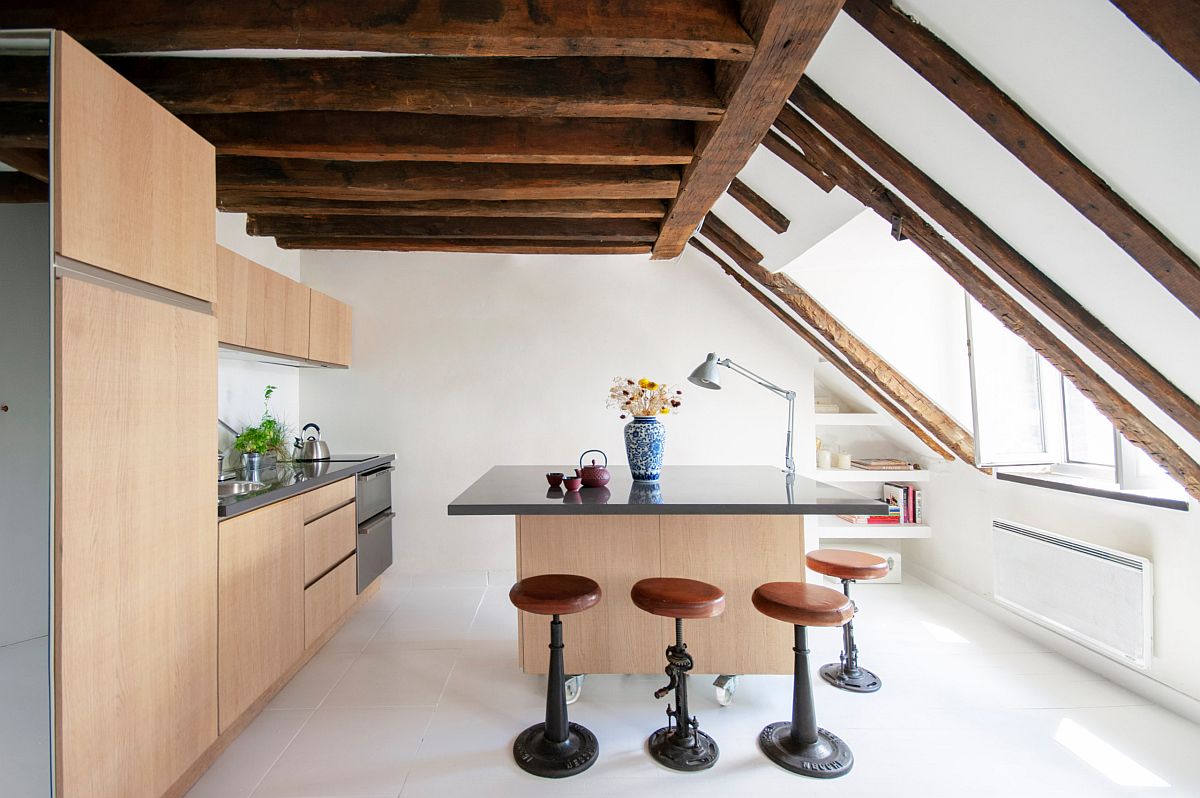



:max_bytes(150000):strip_icc()/Kitchen-Wood-Floor-and-Open-Beam-Ceiling-583805041-Compassionate-Eye-Found-56a4a1663df78cf772835369.jpg)

